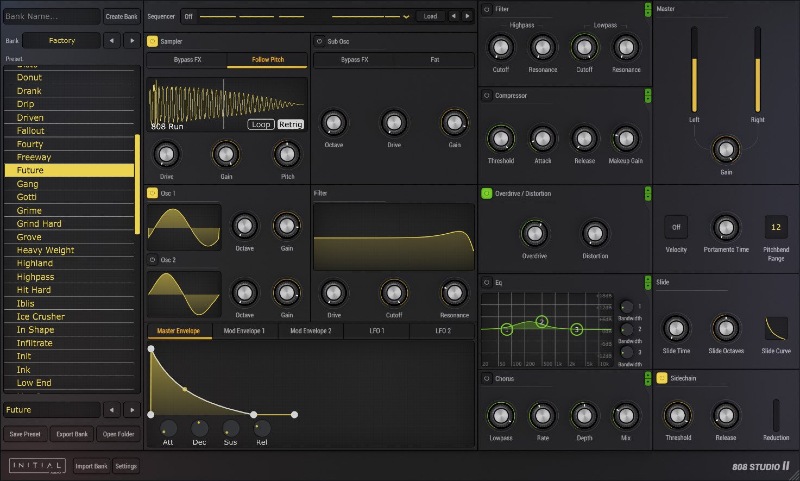
As a result, the navy's force structure was set at "one battlecruiser, three light cruisers, six destroyers and three submarines". In 1908–09, a compromise solution was pursued, with the Australian government agreeing to establish a force for local defence but that would be capable of forming a fleet unit within the Royal Navy, albeit without central control. When policymakers sought to determine the newly established force's requirements and purpose, there were arguments about whether Australia's naval force would be structured mainly for local defence or designed to serve as a fleet unit within a larger imperial force, controlled centrally by the British Admiralty. The Defence Act 1903 established the operation and command structure of the Royal Australian Navy. The Royal Australian Navy initially consisted of the former New South Wales, Victorian, Queensland, Western Australian, South Australian and Tasmanian ships and resources of their, disbanded, navies. The Commonwealth Naval Forces were established on 1 March 1901, with the amalgamation of the six separate colonial naval forces, following the Federation of Australia. Main article: History of the Royal Australian Navy Formation The navy is one of the largest and most sophisticated naval forces in the South Pacific region, with a significant presence in the Indian Ocean and worldwide operations in support of military campaigns and peacekeeping missions. Today, the RAN consists of 43 commissioned vessels, 3 non-commissioned vessels and over 16,000 personnel. ĭuring its history, the Royal Australian Navy has participated in a number of major wars, including the First and Second World Wars, Korean War, Malayan Emergency, Indonesia-Malaysia Confrontation and the Vietnam War. Though the British Admiralty continued to provide blue-water defence capability in the Pacific up to the early years of the Second World War. This period lasted until 1913, when naval ships purchased from Britain arrived. The Royal Australian Navy was initially a green-water navy, and where the Royal Navy provided a blue-water force to the Australian Squadron, which the Australian and New Zealand governments helped to fund, and that was assigned to the Australia Station. Although it was originally intended for local defence, it became increasingly responsible for the defence of the region as the United Kingdom started to diminish its forces in the Pacific. The CN is also directly responsible to the Minister of Defence, with the Department of Defence administering the ADF and the Navy.įormed in 1901, as the Commonwealth Naval Forces, through the amalgamation of the Australian colonial navies following the Federation of Australia. The Navy is commanded by the Chief of Navy (CN), who is subordinate to the Chief of the Defence Force (CDF) who commands the ADF the current CN is Vice Admiral Michael Noonan.



The Royal Australian Navy ( RAN) is the principal naval force of Australia, a part of the Australian Defence Force (ADF) along with the Australian Army and Royal Australian Air Force. Governor-General David Hurley as representative of Elizabeth II as Queen of Australia Naval warfare branch of the Australian Defence Force


 0 kommentar(er)
0 kommentar(er)
